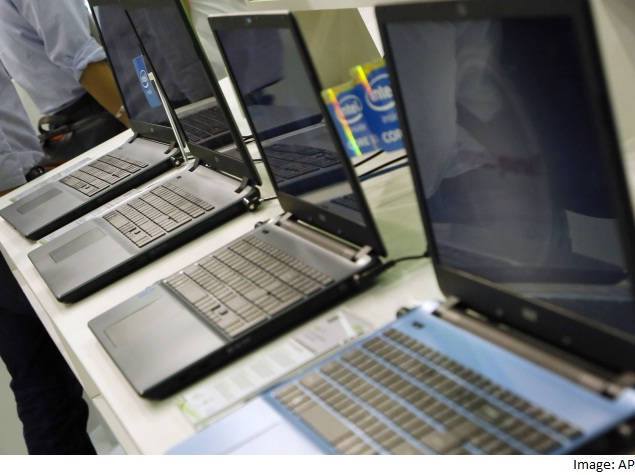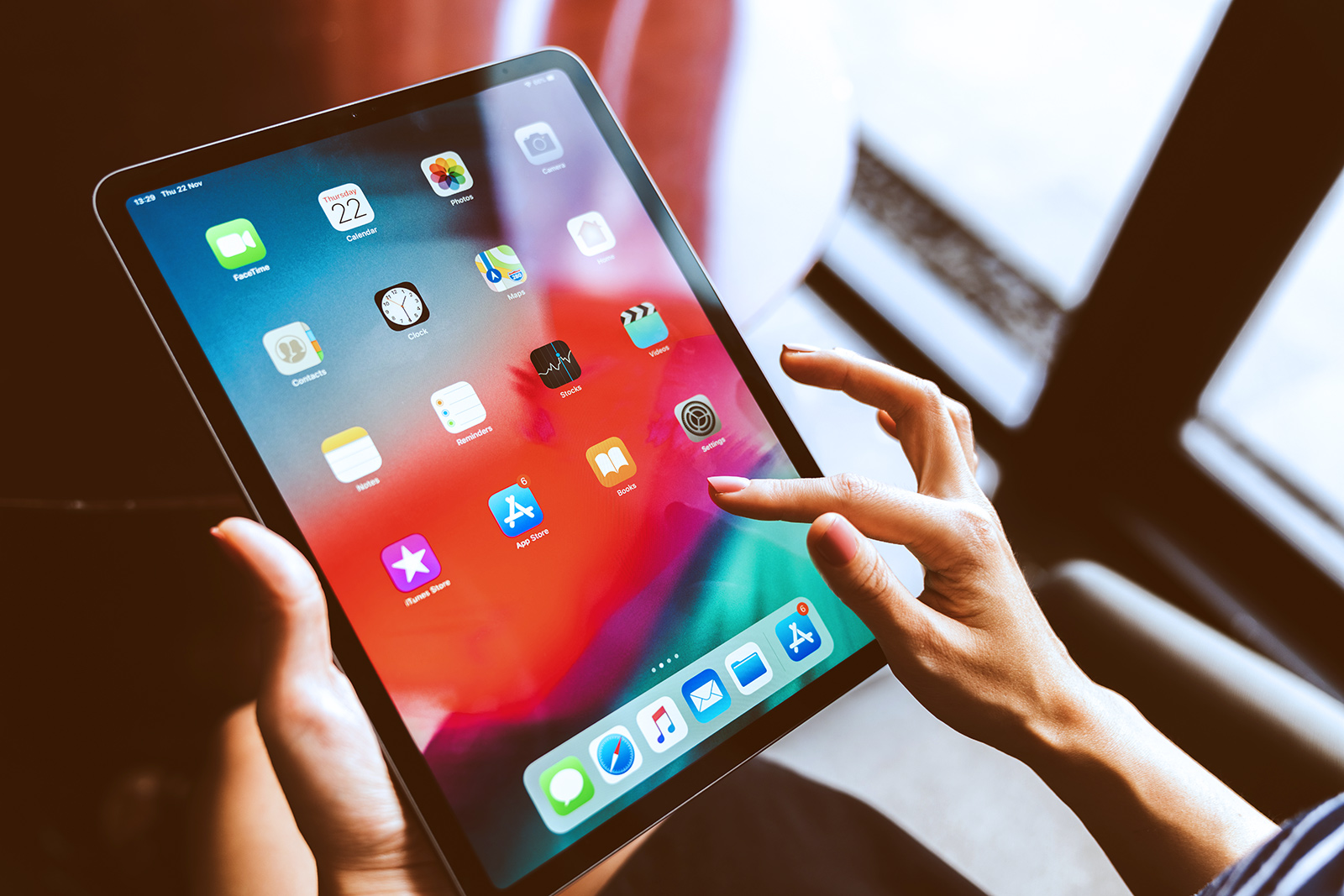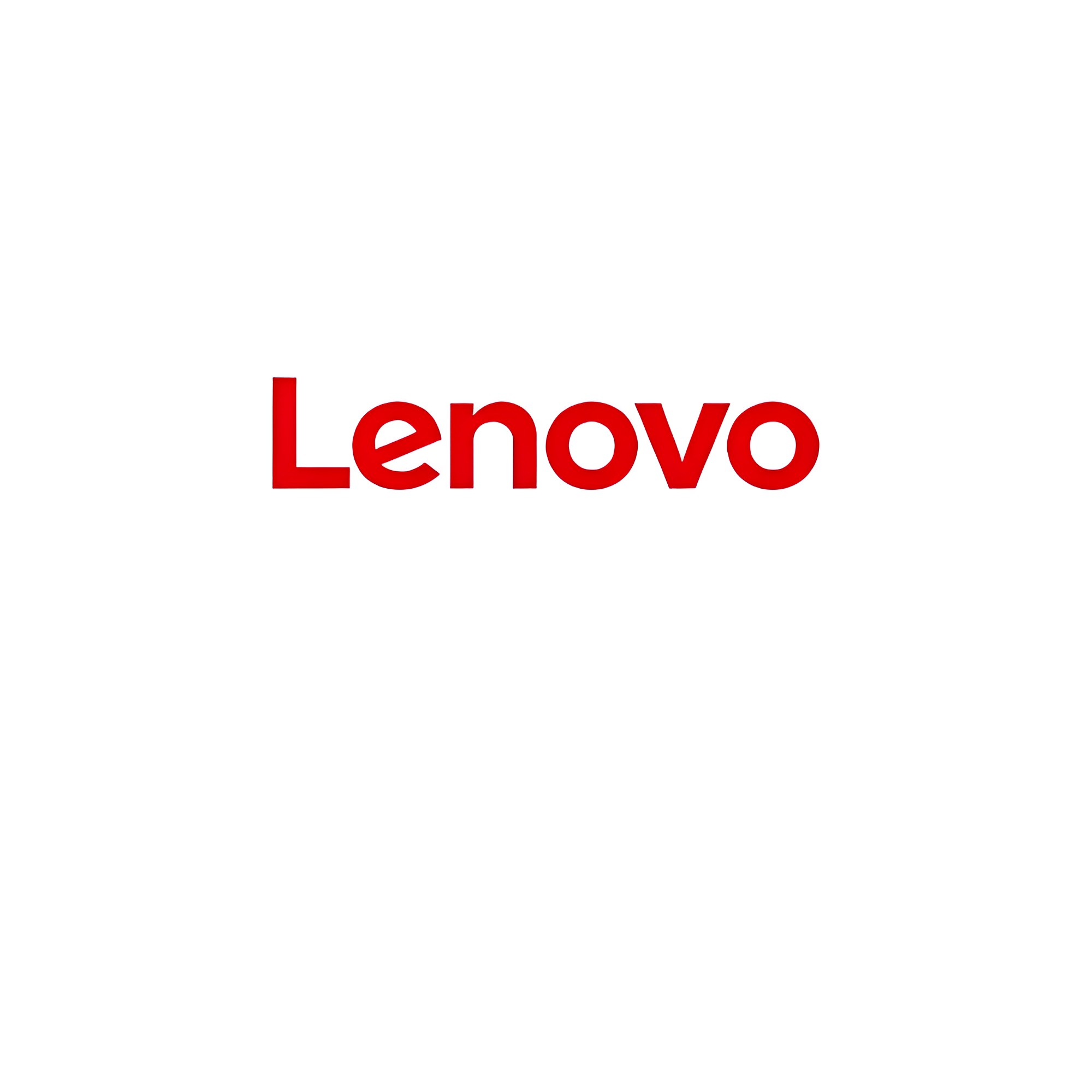17 December, 2013, KUALA LUMPUR – The constant evolution and innovation in modern technology is greatly impacting the landscape of the consumer market which is continuously shifting in tandem. Amidst an uncertain economy and consumers holding back their spending, devices under the four screens—smartphones, tablets, laptops and TVs are still in demand as sales surged to over USD3.86 billion in the first ten months of this year.
Mobile handsets registered total sales volume of 939,000 in January to October 2013. Monthly sales revenue has been declining since May due to price erosion, but the launch of new products in September and October managed to re-ignite the market as bigger screen phones, now known as phablets drove up the average selling price once again in October. The share of phablets out of total mobile handset sales volume surged from 7.5 percent in September to 20 percent in October.
“The rising popularity of phablets indicate that consumers are getting used to mobile devices with larger screen sizes but yet do not compromise on its mobility at the same time,” highlighted Selinna Chin, Managing Director for GfK in Malaysia.
The tablet— the second screen that continues to gain growing share of the consumer dollar, collected USD352 million in sales so far this year. Monthly sales of 8” and below tablets have been on the uptrend, increasing consecutively since the beginning of this year. However, its popularity is cannibalizing the sales of the 10” and above models, which have been suffering consecutive decline in monthly sales during this corresponding period. With the rising demand for smaller size tablets which are lower priced than the bigger ones, the average selling price for tablets fell from USD460 in January 2013 to USD345 in October 2013.
“GfK insights reveal a rising demand for tablets with phone functionality – suggesting a growing consumer trend favoring the convergence of both product groups; blurring the distinction between smartphones and tablets,” noted Chin.
Meanwhile, the portable PC market in Malaysia is valued at over USD478 million in January to October this year. Laptop is the dominant segment making up seven out of every ten units (72%) sold in the first ten months of 2013. The ultra-thin segment has been gaining traction although adoption has been very gradual and is worth over USD90 million so far this year. Another segment which is also growing in demand is the 15.6” laptops which reported 10 percent increase in sales from last year.
“It is interesting to note that monthly sales of 15” laptops have doubled when comparing sales in October with January, indicating that while being lightweight is an appealing consideration when it comes to choosing laptops, users these days are also inclined to go for the bigger screen sizes,” observed Chin. “These two segments are expected to continue turning in good growth in Malaysia, especially when prices become more affordable.”
The fourth screen which is also tracked by GfK is TV. According to the latest report, approximately one million units of flat panel TVs have already been sold in the first ten months of the year. The most common screen sizes are the 32”, 40” and 42” which together commanded a share of 61 percent in the month of October 2013. The latest GfK report revealed an apparent shift from the smaller screen sizes towards the 42” and above models lately; with two in every five TV sets sold in October belong in this category.
“Demand for TV in Malaysia will continue growing as consumers upgrade to larger screen sizes and more technologically advanced models,” said Chin.
“There is no one-size fits all when it comes to consumer gadgets and appliances, and even for the four screen products, some like it big and clear while others like it small and handy,” Chin commented. “The market is anticipated to continue its vibrant performance with manufacturers continuing to launch exciting new models to whet the consumers’ appetite for the latest technology,” concluded Chin.







